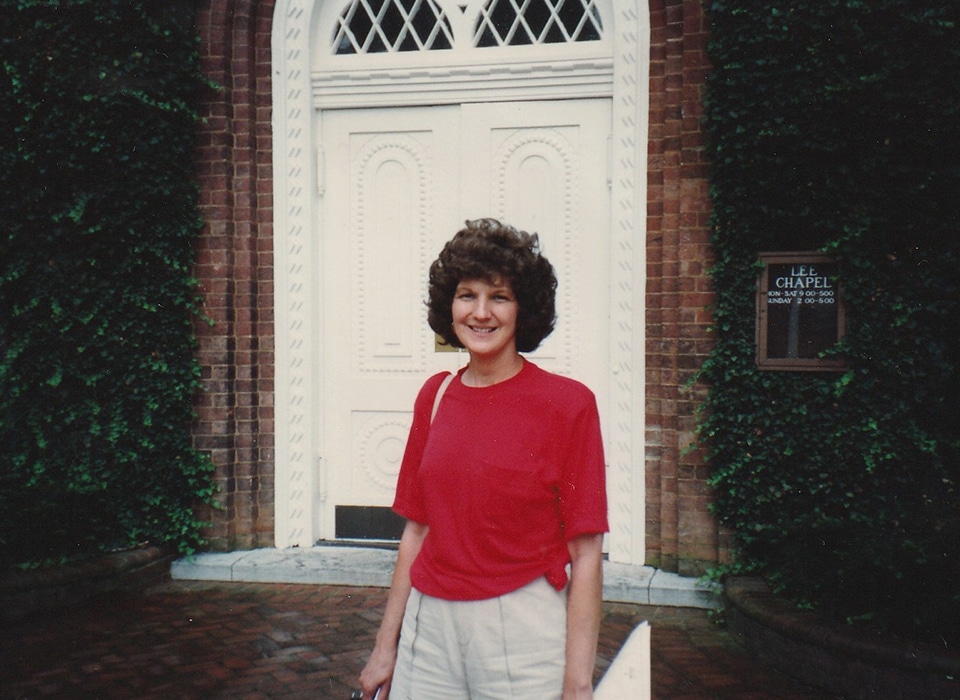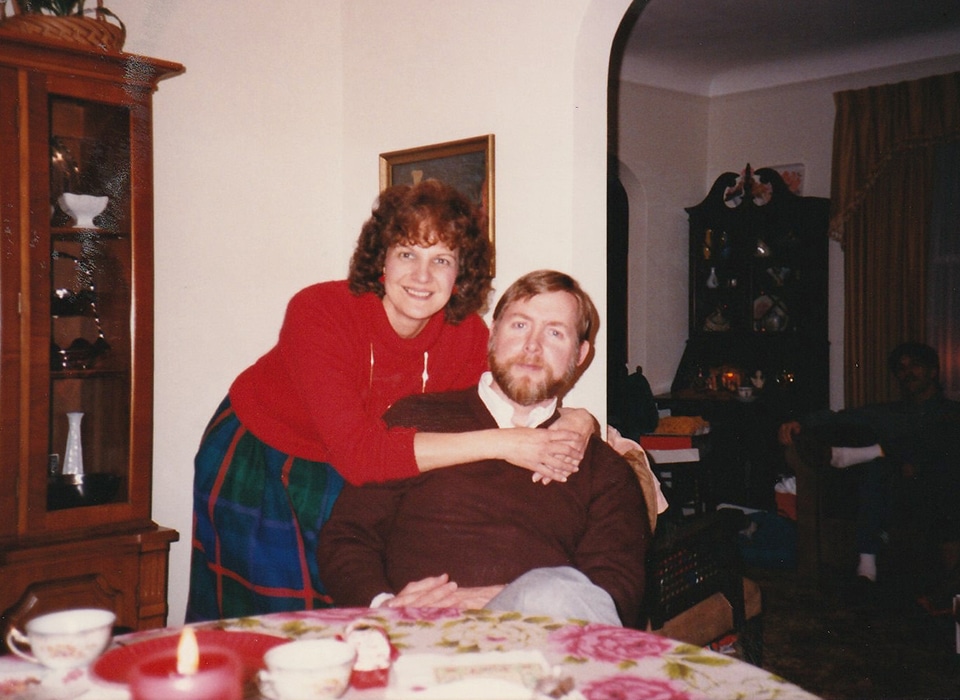Revolutionizing Literacy Education: SenseAble Phonics Program
Unlock a lifetime of learning for your child with the SenseAble Phonics Program! Get started today for only $9.95 per month and enjoy a comprehensive phonics curriculum, interactive learning modules, and progress tracking. Act now to seize this exclusive offer and make a lasting investment in your child's education.
Perfect for ages 3-7 years old
24/7 Online Access
Cancel Anytime
11 Lessons with a Total of 39 Educational Videos

Jeanne Northup, the Founder of SenseAble
The genesis of Jeanne’s phonics program was a special education classroom in Hazel Park, Michigan in 1972. My wife was a special education teacher in the Hazel Park School District in an educable mentally impaired program. The children’s IQ then were typically one to two standard deviations below normal or 70 to 85. She was brilliant at compensating for the weaknesses of her students and mnemonics were major tools in her efforts. Her phonics program used mnemonics successfully in teaching the relationship between the letters and their sounds in addition to consonant blends, consonant digraphs, et al., and their sounds.
Finding an effective method of teaching phonics was critical in teaching these children to interpret printed words. All of these kids had serious cognitive deficits that required unique methods to overcome their weaknesses. Mnemonics, used for thousands of years, was an incredibly powerful tool that compensated for their impairments and allowed them to remember the graphophonemic relationships that are critical in achieving literacy.
When we moved to Chicago in 1974, so that I could enroll in optometry school, Jeanne continued to use her unique methods to teach her students in another EMI classroom. This classroom had a Down syndrome child with an IQ of 60. Her colleagues were amazed that this child learned phonics. Mnemonics were the tools that she and her classmates could use to allow them rapid retrieval of letter sounds and their subsequent blending to produce words. Students who experienced only failure and frustration throughout their lives could suddenly master texts and engage in becoming literate.
Our return to the Detroit area in 1979 found Jeanne employed as a teacher consultant for the Fraser Public Schools. She was initially assigned a position at the High School working with the Learning Disabled students, many exhibiting the archetypal patterns of dyslexia. This was her area of expertise since her Master’s Degree was in Learning Disabilities from Wayne State University. She could see the emotional overlays that were the sequela to a lifetime of failure that these children experienced. Through her intervention, almost all of her students accomplished success in becoming literate but the remediation was intense to accelerate them to perform at grade level before graduation.

Peter & Jeanne Northup
Her first contact with breast cancer allowed her to transfer to the elementary level in 1990. This experience was an epiphany for her. The public schools throughout the country were engaged in the paroxysms of whole language. According to its guru, Ken Goodman, children could intuit the reading process much like speech; phonics was pass and unnecessary. All that was necessary was a rich textual environment where children could immerse themselves in a textual setting to absorb the dynamics of reading and writing. In reality, public schools were experiencing incredible rates of failure and poor performance in the language arts programs. When Jeanne began working with the elementary teachers as a teacher consultant she found the staff bewildered and desperate for solutions to their student’s poor performance. As a teacher consultant, Jeanne’s job was to show the teachers how to teach. Her direction and implementation of her phonics program in this quagmire of disappointment was met with unbridled enthusiasm and success. The teachers demanded materials that they could implement in their classrooms. Thus, SenseAble was born.
Jeanne and I did an extensive examination of phonics and its efficacy in reading instruction. What we discovered was that all of the methods and techniques that Jeanne had used throughout her teaching career were supported by voluminous amounts of studies. Years and years of research showed that phonological awareness and phonics instruction were critical in achieving literacy. The SenseAble program incorporates all of these components of effective phonics instruction.
It all began in 1995 when Jeanne’s use of the Macomb ISD and Oakland ISD as a forum for her seminars on SenseAble enabled her to interface with hundreds of teachers who utilized her program in their class rooms. SenseAble Phonics began as 195 flashcards, manual, posters, and classroom cards. Later, 50 school districts purchased SenseAble and saw their students achieve success with phonics, allowing them to achieve literacy.
In conclusion, the birth of the internet provided a new venue for SenseAble. As a stage for SenseAble to reach millions of children in their pursuit of phonics, a new dynamic unfolded in the pursuit of literacy. I could envision this powerful tool and created a website that would present SenseAble’s story. Instead of 195 flashcards that a child would peruse, I have videos with sound and animation that stimulates her. Jeanne’s spirit has returned to Earth to embrace a child’s quest in her search for literacy.
Peter H. Northup, O.D., M.Ed.
